“Curiosity is one of the permanent and certain characteristics of a vigorous mind”
THE behaviours of broad scanning (11)
Modern day business requires leaders to be explorers, excited by opportunity and uncertainty. Broad scanning and inquisitiveness are the fuel for increasing business savvy, enhancing your ability to understand business mechanics and augmenting your capacity for dealing with ambiguity.
Some leaders seem to have their 'finger on the pulse'. They are taking advantage of changing market trends rather than being caught by them. They are one step ahead of their competitors. They know what their customers want before their customers do.
There are 11 behaviours that comprise the Broad Scanning capability, some of which are outlined below.
broad scanning behaviors include:
Takes a "total business" approach
This behaviour refers to a participants tendency to consider the broader business when making decisions, even those limited to their division. Take for example, the Human Resource Manager that creates a means of resource sharing between different silos to increase labour utilization or the Head of Technology who designs exceptional shared services infrastructure (see sample below).
This sample result could highlight the participant:
- Has not previously considered this behaviour as a function of their role
- Has been caught up in daily operations and narrowed his/her awareness
- Has been too focused on narrow outcomes (increasing sales)
draws on multiple information sources
A leader measuring strongly on this behaviour draws on a significant variety of information sources to keep their thinking current. This includes, but is not limited to, external relationships, events, journals, news channels, internal relationships and so forth.
Insightfully assesses the influence of the external environment on the organisation
A leader measuring high in this behaviour uses his/her depth and breadth of knowledge to understand the influence of the external environment on the organisation. They use consistent research and knowledge to be able to see cause and effect relationships and are significantly less likely to be caught off guard by an external event (i.e. market forces, competitor actions).
seeks input from customers and is sensitive to their changing requirements
A leader scoring highly in demonstration of this behaviour proactively seeks customer feedback, is connected to the customer experience and can speak with insight and authority on a customer's changing requirements (see sample below).
This sample result could highlight the participant:
- Has habits around customer engagement but is not sharing their findings
- Is using outdated feedback mechanisms (old customer surveys)
- Is not applying customer data to company offerings




